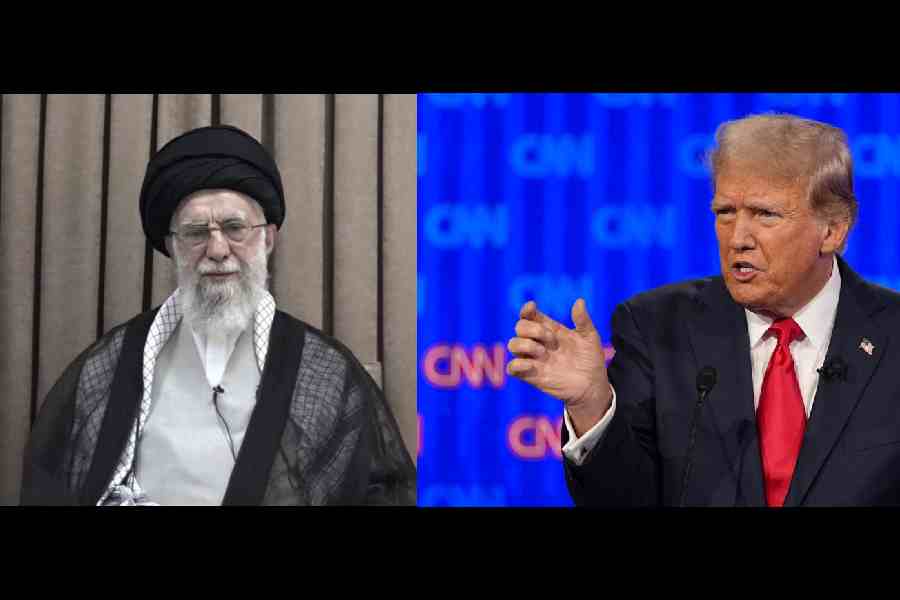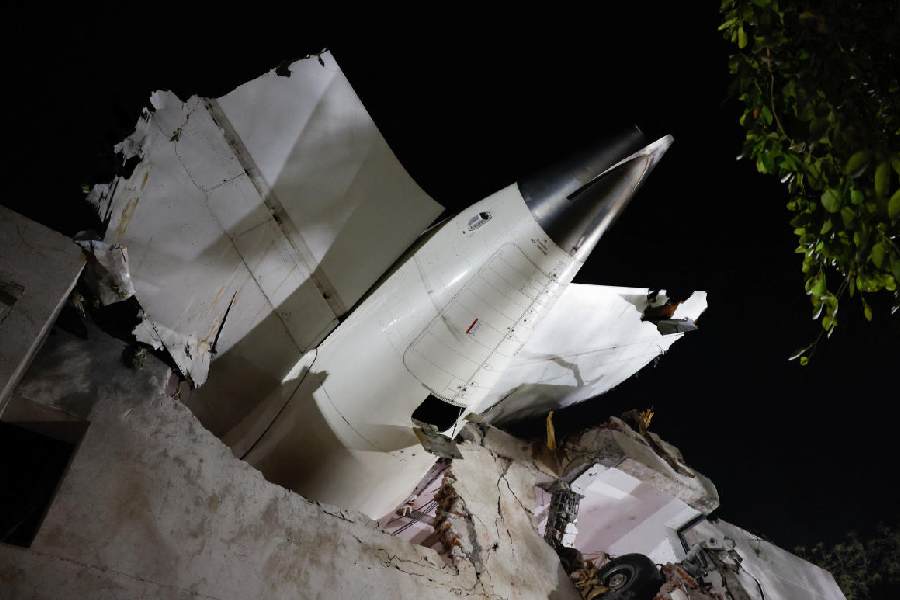 |
New Delhi, June 30: The government will continue with the current peak rate of 20 per cent while moving towards a single- slab customs duty in the next few years.
To afford at least a temporary tariff shield to India Inc, it will continue to have differential slabs of duty for this year on raw materials, intermediates, and finished goods. It also wants import tariff on most “universal intermediates” such as non-ferrous metals, plastics and rubber to be half the peak rate.
A note prepared for the budget-making exercise says, “When there are different rates of import duty on inputs and outputs (of an industry), chances of the occurrence of an inverted customs duty structure exists. A single rate is (thus) preferable ... and would also (help) avoid disputes and transaction costs incurred in resolving them.”
However, North Block, which is putting the finishing touches to the budget, is clear that any tariff wall will be temporary as global imperatives will force India to slash customs duties.
Besides global trade pacts that enjoin member states to bring down tariff walls, India will need to slash customs duties in the coming years as it is trying to join various free trade and preferential trade pacts. This means India will have to bring down its tariff levels to rates similar to those followed by economic compacts like the Asean and Apec that it wants to join.
Asean countries have, for long, been enjoying a composite VAT-like domestic duty as well as customs duty of 10-12 per cent. “It is desirable to announce a target of reaching Asean levels of composite VAT in the same manner as reaching Asean levels of customs duty,” the note says. Otherwise imports will out-price domestic goods.
To help industry turn more competitive to face this challenge, it wants to gradually reduce the domestic indirect tax or central value-added tax (Cenvat) rate from the current 16 per cent.
This, it hopes, will help manufacturers turn more competitive. The plan is to reduce it by 2 per cent every year for the next three years with the first reduction to 14 per cent. Customs duty slashes will also be similarly phased over the next three years.
The logic behind reducing the average tax level on manufactured goods stems from empirical evidence that successive lowering of taxes on these since the economy started to liberalise in 1991 have led to an economic boom and this has meant more tax collections.
“If excise duty is reduced to achieve Asean levels of indirect taxes, reduction of prices of manufactured goods from 130 per cent to say 120 per cent could trigger a demand boom, which could propel the economy into the big league,” the note states.
The government also believes that lowering the cost of manufacturing will also mean India will turn more competitive globally. This will help India Inc face competition from imports on a more equal footing.










